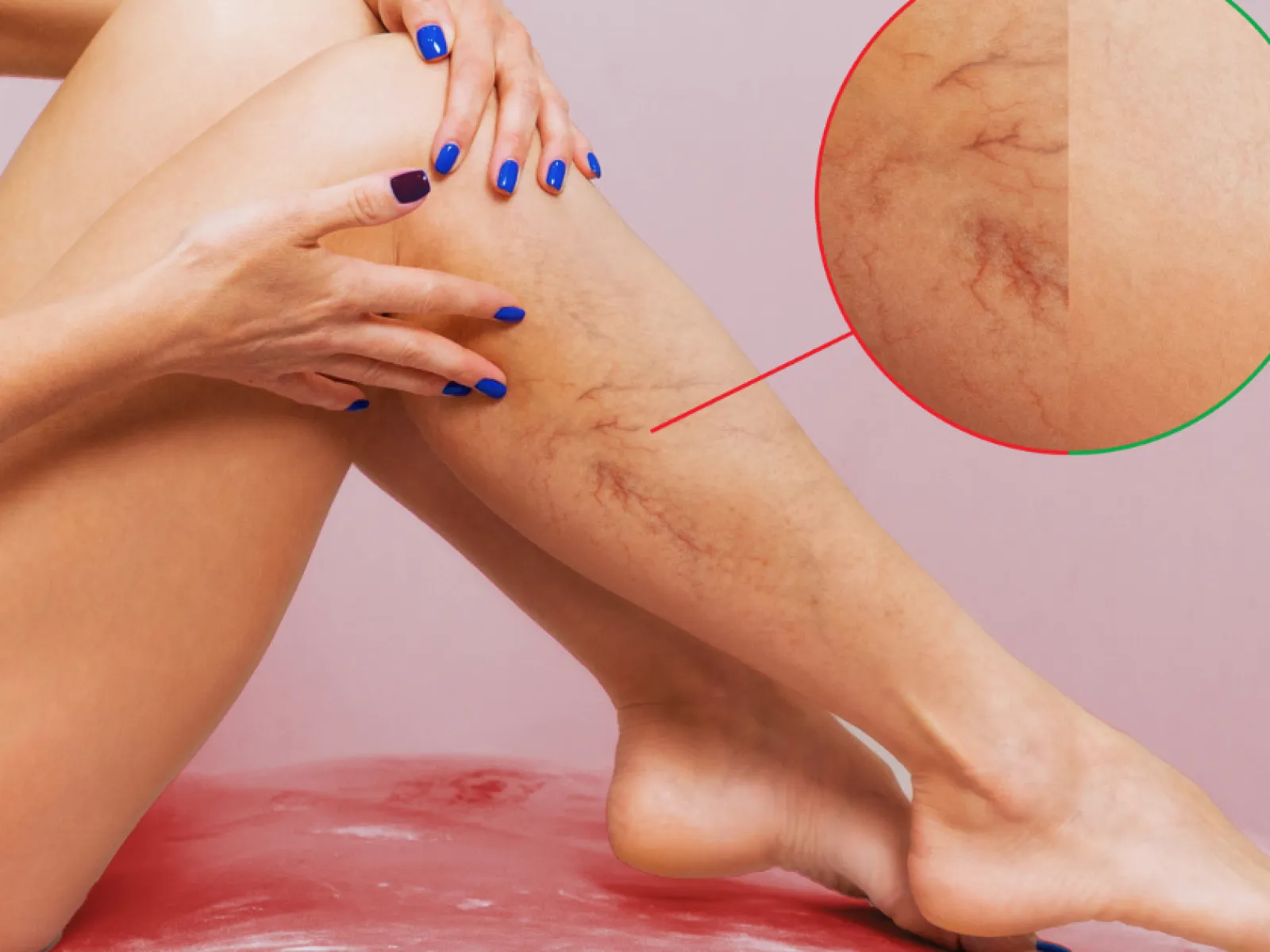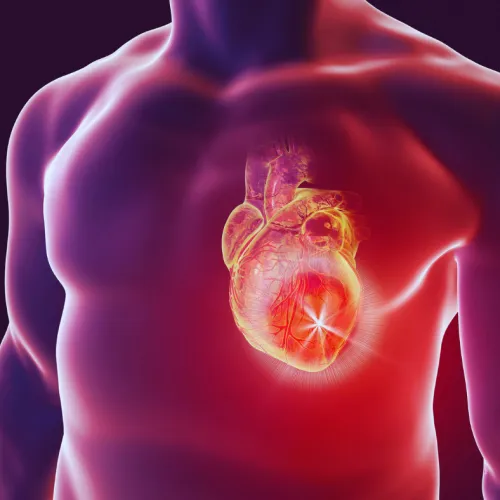
Peripheral Artery Disease (PAD) Treatment in Atlanta
Stop Leg Pain, Numbness, and Walking Discomfort with Treatment from Advanced Vascular & Vein

What is Peripheral Artery Disease (PAD)?
Peripheral Artery Disease (PAD) happens when fatty deposits,
cholesterol, and other substances build up inside your arteries. Over time, the
plaque hardens and narrows the blood vessels that carry blood from your heart
to your legs (and sometimes your arms).
When blood flow is reduced or blocked, your muscles and
tissues don't get enough oxygen. This can lead to leg pain, cramping, numbness,
tingling, or weakness, especially when walking. In severe cases, PAD can cause
sores that don't heal, infections, and even amputation if left untreated.
That's why early detection and treatment are so important.
At Advanced Vascular & Vein, our vascular specialists are nationally
recognized for diagnosing and treating Peripheral Artery Disease. Our expert
team uses advanced, minimally invasive treatments to restore healthy blood flow
and reduce your risk of complications.
The sooner you seek care for PAD, the better your outcome.
Don't ignore the warning signs; schedule a consultation with our experts today.
What Causes Peripheral Artery Disease?
PAD develops when fat, cholesterol, and other substances
build up on the walls of your arteries, forming sticky clumps called plaque
(atheroma). Over time, this buildup hardens and narrows your arteries, a
process known as atherosclerosis, reducing blood flow throughout your body.
Without proper blood circulation, tissues in your legs and feet don't get enough oxygen and nutrients. This increases your risk for serious cardiovascular problems, such as:

Coronary Artery Disease (CAD)

Heart Attack

Stroke

Limb Amputation

What Are the Symptoms of Peripheral Artery Disease?
PAD often develops slowly over many years, and many people don't notice claudication symptoms until their arteries are more than 70% blocked. Some people with PAD experience no leg pain at all (asymptomatic PAD), which makes early screening and diagnosis especially important. Early warning signs of poor circulation can include:
- Leg pain or cramping during activity that goes away with rest (claudication)
- Cool or pale skin on your feet or lower legs
- Redness, discoloration, or shiny skin on your legs
- Wounds, ulcers, or sores on your feet or toes that heal slowly or not at all
- Frequent infections in your legs or feet
Minimally Invasive Procedures for PAD
Atherectomy
Atherectomy is a minimally invasive vascular procedure designed to remove plaque buildup from blocked or narrowed arteries. This treatment helps restore healthy blood flow for people with Peripheral Artery Disease (PAD) or Coronary Artery Disease (CAD). At Advanced Vascular & Vein, our specialists use state-of-the-art atherectomy techniques to treat even the most severe cases.
Angioplasty With and Without a Stent
Angioplasty is a minimally invasive procedure that opens arteries (large blood vessels) to let blood flow more easily. Angioplasty involves a tiny medical balloon that pushes plaque through in spots that are too narrow or blocked. A permanent stent (a small tube) may be placed in the newly opened artery to help keep it open.
Frequently Asked Questions About PAD
Is Peripheral Artery Disease Reversible?
While peripheral artery disease damage cannot be completely reversed, PAD can be reversed in terms of symptoms and progression. The arterial plaque and atherosclerosis that cause PAD are permanent, but with proper treatment and lifestyle changes, you can significantly improve blood flow, reduce symptoms, and prevent the disease from worsening. Many patients successfully reverse peripheral artery disease symptoms through smoking cessation, exercise therapy, medication, and procedures to restore blood flow.
How Is Peripheral Artery Disease Diagnosed?
PAD diagnosis starts with a physical exam. Your doctor may also use an ultrasound to check blood flow, angiography for detailed artery images, blood tests for cholesterol and diabetes, or treadmill testing to assess claudication symptoms. Early testing is crucial if you have risk factors or leg pain when walking.
Is Peripheral Artery Disease Hereditary?
Yes, peripheral artery disease is hereditary to some extent. While PAD is genetic in that family history increases your risk, it's not purely inherited. Having a parent or sibling with PAD, coronary artery disease, or stroke raises your likelihood of developing the condition. However, lifestyle factors like smoking, diet, and exercise play a larger role. Even with genetic risk factors, you can significantly reduce your chances of developing PAD through healthy lifestyle choices and regular screening at Advanced Vascular & Vein.
How to Test for Peripheral Artery Disease
The primary way to test for peripheral artery disease is through an ABI test (ankle-brachial index). This non-invasive PAD test measures blood pressure at your ankle and arm to detect reduced blood flow. We may also use Doppler ultrasound or vascular ultrasound to examine your arteries in detail. If you have symptoms like leg pain when walking, cold feet, or non-healing wounds, don't wait; early testing can prevent serious complications, including amputation.